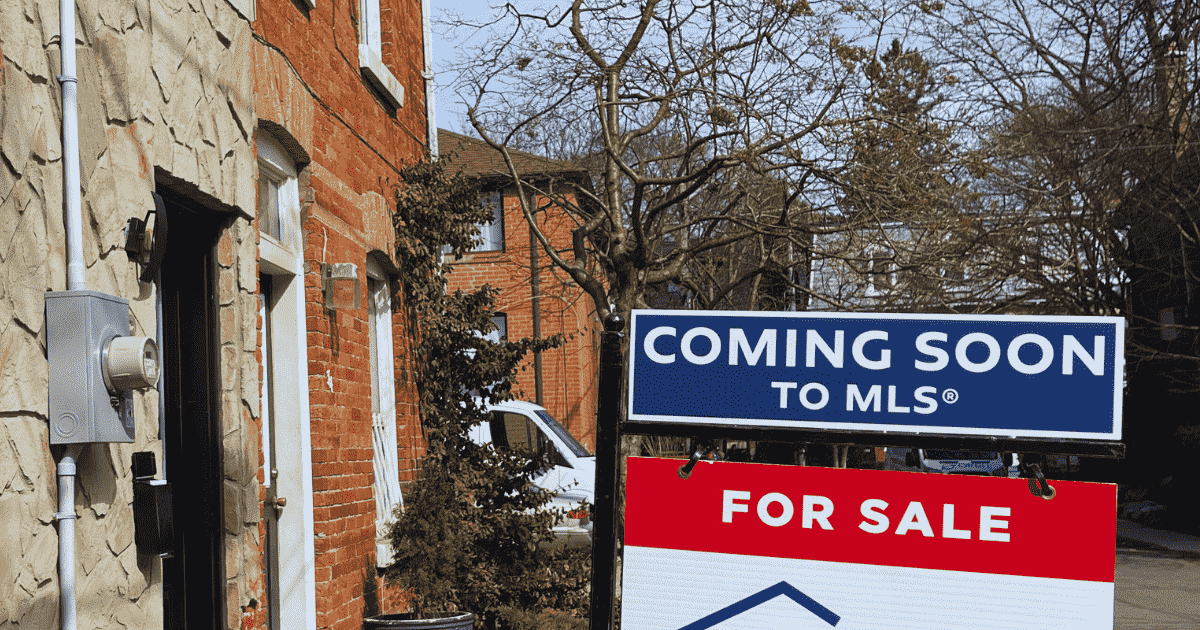The past year hasn’t been easy for prospective home buyers. Despite some recent year-over-year price softening in the nation’s hottest markets, the national mortgage stress test, combined with various policies at provincial levels, effectively took a bite out of purchasing power for all Canadians.
This is especially acute for single home purchasers; not only does having two incomes boost affordability, it helps satisfy the income and debt servicing requirements mandated by the aforementioned stress test. Those trying to get onto the property ladder solo may have long heard the narrative that it’s next to impossible to do so given these new requirements.
However, according to a recent study conducted by Zoocasa, that’s not the case in the Prairie and Eastern Canadian markets. In fact, 10 cities in these locales can still be considered affordable for single buyers earning a median household income.

The study, which assessed 20 cities for affordability from coast to coast, calculated the minimum income required to purchase the average home in each market, using a 20-per-cent down payment, 3.29-per-cent mortgage rate, and 30-year amortization as criteria. That amount was then compared to actual median income data of “persons living alone who earned employment income” as reported by Statistics Canada.
Markets were then ranked on whether the buyer had an “income surplus” – the amount of financial wiggle room they’d still have after purchasing their home – or an income gap, which indicated they’d be out of range altogether.
Based on these calculations, Regina can be considered the most affordable for single-income buyers, based on an average home price of $284,424, median income of $58,823 and the greatest income surplus of $20,025. That’s followed by Saint John, where the average home priced at $181,576 could be purchased on an income of $42,888 with $18,038 left over, and Edmonton, where earning $64,036 would net a $17,826 surplus on the average home price of $338,760. The most affordable cities list is rounded out by Calgary, Lethbridge, Winnipeg and Halifax.
Single buyers earning a median income didn’t have much hope in the nation’s priciest markets, however. Vancouver is the least affordable, with an average home price of $1,109,600, far out of reach of an income of $50,721 to the tune of $88,361.
While incomes and home prices were more attractive in Toronto, buyers still face a steep gap of $46,858, based on a $55,221 income and home price of $748,328. Victoria rounds out the top three, where an average home price of $633,386 is still $39,359 out of range for the median income of $86,400.
Other markets not considered affordable for single buyers include Guelph, Kitchener-Waterloo, London, Montreal and Ottawa.
The study also considered earnings by age group, as purchasing power tends to increase with age. This was the case with Gen Xers (35-44 and 45-54), who enjoy the greatest purchasing power of all single buyers. For example, A Gen Xer purchasing a home in Regina would have an income surplus roughly $4,000 greater than the average, at $24,215.
Single millennials, however, experienced the weakest purchasing power, especially in the priciest markets; someone between the age of 25-34 earning the median income would fall a whopping $92,774 short on a home purchase in Vancouver.
Penelope Graham is the managing editor of Zoocasa.com, a real estate resource “that uses full brokerage service and online tools to empower Canadians to buy or sell their home faster, easier and more successfully.”















